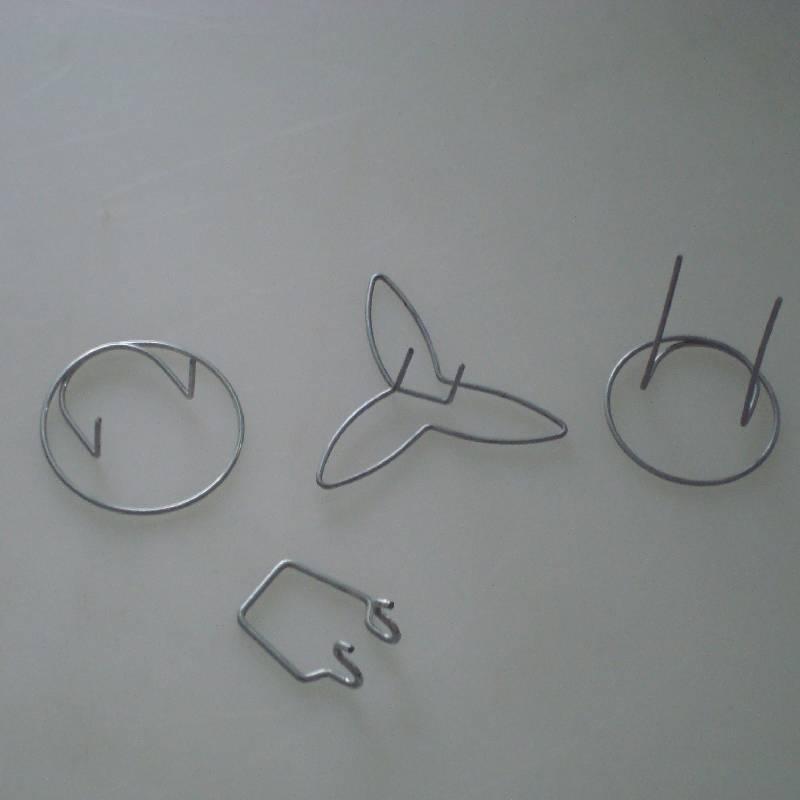
- Mobile Phone
- +8613931874955
- sales@cntcmetal.com
Different Types of Plaster Beads for Your Home Improvement Projects
Understanding Plaster Bead Types A Comprehensive Guide
Plaster beads are an essential feature in the field of construction and interior design, serving both functional and aesthetic purposes. These beads are primarily used to create smooth edges, protect corners, and add decorative elements to plastered surfaces. Understanding the various types of plaster beads available can greatly enhance the quality of your projects, ensuring a professional finish that can withstand time and wear.
1. What Are Plaster Beads?
Plaster beads are profiles made from different materials, often metal or PVC, that are applied to the edges of plastered walls or ceilings. Their primary role is to protect these edges from damage and to provide a neat finish. They are especially useful in areas subjected to wear and tear, such as high-traffic zones in homes or commercial buildings. In addition to their protective function, plaster beads can also enhance the visual appeal of a project, providing clean lines and defined edges.
2. Types of Plaster Beads
Plaster beads come in various types, each serving a specific purpose
- Corner Beads These are the most common type of plaster beads, designed for external wall corners. Corner beads help create sharp, clean angles that protect the plaster from chipping and cracking. They come in various materials, including metal, which offers durability, and PVC, which is lighter and resistant to moisture.
- Stop Beads Used at the edge of plastered surfaces, stop beads create a transition between the plaster and other materials, such as drywall or brick. They help to prevent the plaster from cracking at the junction and can be particularly beneficial in areas where different materials meet.
- Expansion Joints These specialized plaster beads accommodate movement in buildings due to temperature changes and settling. They allow for expansion and contraction, preventing cracks in the plaster and ensuring the longevity of the surface.
- Render Beads Primarily used in external rendering applications, render beads create clean lines for finish coats of render. They provide a robust edge that can withstand the elements while giving the surface a polished look.
plaster bead types

- Decorative Beads These beads add a touch of design to plastered surfaces. They come in various styles and can be used to create ornate finishes or simple designs. Decorative beads can transform a plain wall into a stunning feature.
3. Materials Used in Plaster Beads
The choice of material for plaster beads can significantly impact their performance and aesthetic qualities
- Metal Beads Often made of galvanized steel or aluminum, metal beads are durable and resist damage from impacts. They are ideal for high-traffic areas but can be prone to rust if not properly coated.
- PVC Beads Lightweight and resistant to moisture, PVC beads are perfect for environments prone to dampness. They do not rust or corrode, making them a popular choice in bathrooms and kitchens.
- Paper Beads While less common, paper-faced beads offer a lower-cost solution and can be particularly useful in residential applications. They require proper handling to prevent moisture damage.
4. Installation and Finishing
Proper installation of plaster beads is critical to ensure they serve their purpose effectively. The beads should be securely attached to the substrate before applying plaster. After plastering, they should be finished smoothly to ensure they blend seamlessly with the surrounding surface.
In conclusion, plaster beads are vital components in the world of plastering and drywall applications. With various types catering to different needs, from corner protection to decorative finishes, the right choice of plaster bead can enhance both the durability and appearance of your project. When selecting plaster beads, consider the environment, expected wear, and desired aesthetic to achieve the best results. By understanding the nuances of plaster bead types, you can ensure a high-quality finish that stands the test of time.
share:
-
Your Source for Concrete Wall Ties and Masonry AccessoriesNewsJul.10,2025
-
Unlocking the Power of Iron Wire for Every ProjectNewsJul.10,2025
-
Explore Advanced Chain Wire and Stainless Steel Mesh FencingNewsJul.10,2025
-
Discover the Benefits of Annealed Wire ProductsNewsJul.10,2025
-
Discover China Stainless Steel Wire Mesh SolutionsNewsJul.10,2025
-
Build with Confidence Using High-Performance Masonry AccessoriesNewsJul.10,2025
-
Why Sacrificial Formwork Is Redefining Underground ConstructionNewsJun.06,2025



















